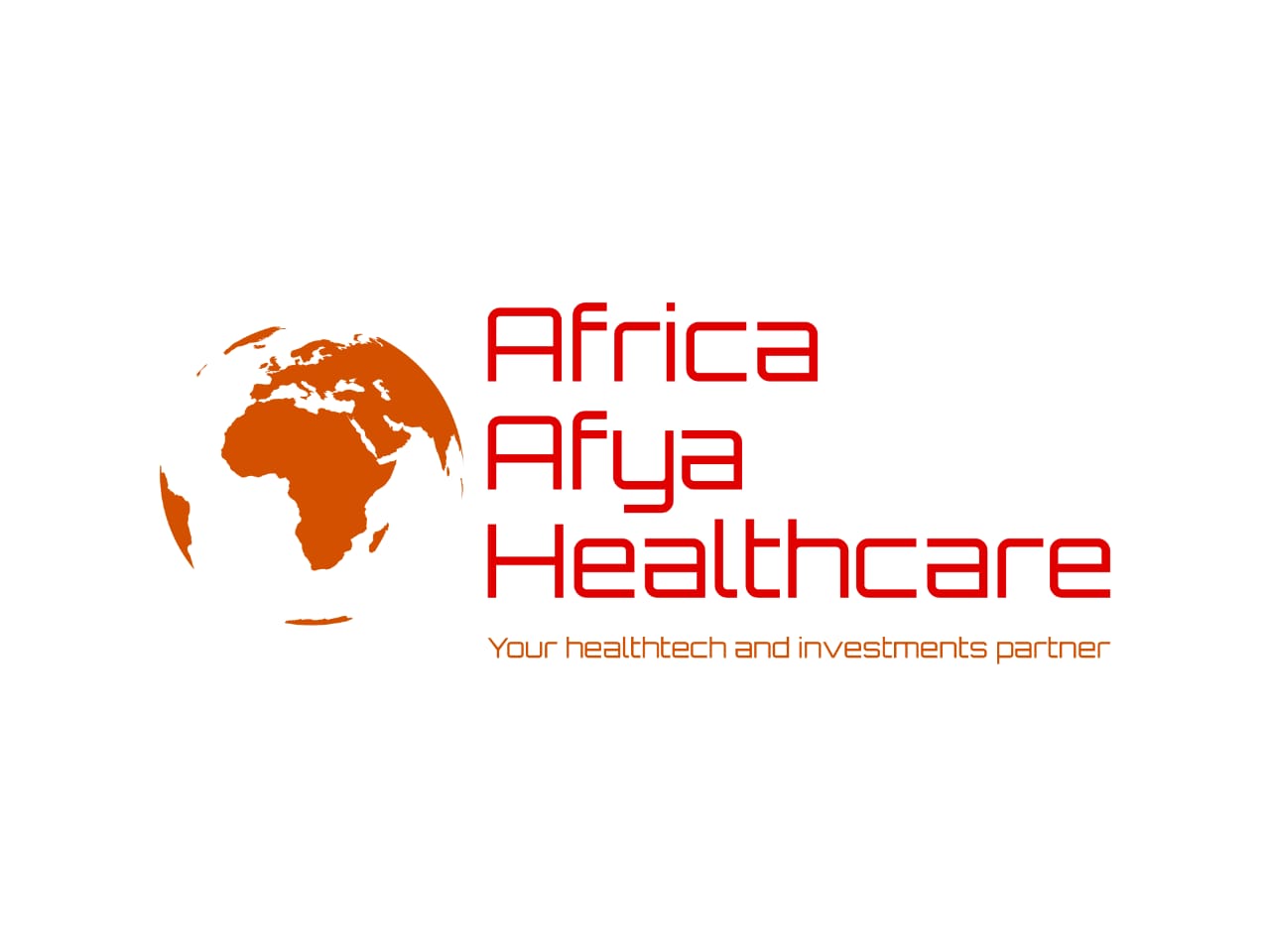One in eight women will face a breast cancer diagnosis in their lifetime. That statistic struck me deeply, not just as a number but as a call to stay vigilant about our health. Breast imaging, like mammograms, is a cornerstone of that effort, helping catch issues early when they’re most treatable. Let’s explore the essentials of these screenings what they are, why they matter, and how they work with a clear, actionable perspective for anyone prioritizing breast health.
Why do I need mammograms ?
They save lives. They’re the most effective tool for detecting breast cancer early, often before you can feel a lump or notice symptoms. Early detection boosts the five-year survival rate for breast cancer to nearly 99% when caught at its earliest stage. I can’t emphasize this enough: catching it early changes everything! Regular exams are recommended starting at age 40 for most women, though those with a family history or other risk factors might need to begin earlier. Talk to your doctor about your personal risk knowing your unique situation empowers you to make informed choices
What are the main uses of mammograms ?
Breast imaging serves two primary purposes, each vital in its own way. These scans are either used to screen for potential issues or to investigate further when something’s already been flagged. Let’s break it down.
Screening mammograms
These are your routine check-ins. Screening exams are for women with no symptoms, designed to spot abnormalities like calcifications or masses before they become problems. The American Cancer Society suggests annual screenings for women aged 40 to 54, then every two years after that if you’re at average risk. Think of it like a regular oil change for your car maintenance that keeps things running smoothly.
Diagnostic mammograms
If something’s off maybe a lump, unusual pain, or an abnormal screening result a diagnostic exam steps in. These are more detailed, often involving additional images or angles to get a clearer picture of what’s going on. They’re not routine; they’re targeted, helping doctors pinpoint whether further tests, like a biopsy, are needed. If you’re called back for one, don’t panic it doesn’t always mean cancer, but it’s a crucial step to rule things out.
What do mammograms show ?
They provide a high-resolution snapshot of your breast tissue. They can reveal lumps, calcifications (tiny calcium deposits), or other changes that might signal cancer or benign conditions. Radiologists look for patterns irregular shapes, asymmetry between breasts, or clusters of calcifications that could indicate a problem. But they also spot benign findings, like cysts or non-cancerous growths, which are common and often harmless. The key is the radiologist’s expertise in interpreting these images, so always ensure your scan is read by a board-certified specialist.
How do mammograms work ?
Picture this: you’re standing in front of a machine, your breast gently compressed between two plates for a few seconds. It’s not glamorous, but it’s quick! The device uses low-dose X-rays to create detailed images of your breast tissue. Compression is key it spreads the tissue out, making abnormalities easier to spot and reducing the radiation needed. The whole process takes about 15-20 minutes, and you’ll usually get results within a few days. Pro tip: schedule your scan for the week after your period when breasts are less tender.
What are three-dimensional (3D) mammograms ?
3D breast imaging, or digital breast tomosynthesis, is the next level. Unlike traditional 2D scans, which take flat images, 3D exams capture multiple slices of the breast from different angles, creating a layered, almost 3D view. This clarity is a game-changer, especially for dense breasts, as it reduces false positives and spots smaller cancers that might be hidden in 2D images. They take a bit longer and may not be covered by all insurance plans, but the precision is worth discussing with your doctor.
Are mammograms safe ?
Yes, they are safe! The radiation exposure is minimal about the same as you’d get from a cross-country flight. The benefits of early detection far outweigh the tiny risk. Side effects, like temporary discomfort from compression, are minor and brief. If you’re pregnant or breastfeeding, let your technician know, as they may adjust the approach. Bottom line: the peace of mind and potential life-saving benefits make these scans a no-brainer.
What mammogram is best for dense breasts ?
Dense breasts where there’s more glandular tissue than fat can make imaging trickier to read, as both cancer and dense tissue appear white on images. If you have dense breasts (your doctor can tell you based on prior scans), 3D imaging is often the gold standard. It provides clearer, more detailed images, reducing the chance of missing something. Some women may also benefit from supplemental tests like ultrasound or MRI, especially if they’re at higher risk. Always discuss your breast density with your doctor to tailor your screening plan.
Can mammogram cause breast cancer ?
This is a common worry, but let’s put it to rest: mammogram does not cause breast cancer. The radiation dose is so low less than 0.4 millisieverts per exam that it’s considered negligible compared to natural background radiation we’re exposed to daily. Decades of research back this up. The real risk is skipping screenings and missing early detection. If you’re hesitant, talk to your doctor they can walk you through the data and ease your concerns.
Published 25th July 2025
References
Breastcancer.org: Mammograms: Benefits and Risks, Available at: https://www.breastcancer.org/screening-testing/mammograms/benefits-risks
Centers for Disease Control and Prevention: Mammograms, Available at: https://www.cdc.gov/radiation-health/data-research/facts-stats/mammograms.html
American Cancer Society: Mammogram Basics, Available at: https://www.cancer.org/cancer/types/breast-cancer/screening-tests-and-early-detection/mammograms/mammogram-basics.html

